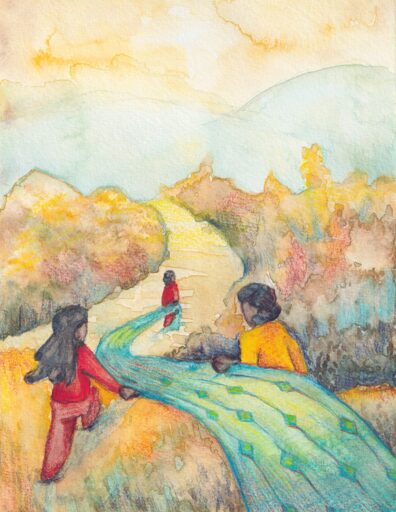In the shadow of this Fourth of July, as the nation prepares to commemorate next year’s 250th anniversary, many are reckoning with the hard truths behind the celebration—the wealth amassed through stolen land and stolen labor, and the generational costs borne by the very communities who made that wealth possible, namely Black and Indigenous peoples.
This legacy isn’t just one of exploitation, but of deliberate division.
For centuries, divide-and-conquer strategies have been used to fracture our relationships, sowing mistrust between and within our communities because when we are isolated or pitted against one another, we are less able to build the collective power needed to dismantle the systems that oppress us both.
That division isn’t accidental — it’s by design.
While Black identity in the U.S. was constructed through the “one-drop rule” — categorizing anyone with even one Black ancestor as Black in order to expand the enslaved labor force — Indigenous identity was restricted through blood quantum laws, which required individuals to prove a certain percentage of Native ancestry to access land, resources, or tribal recognition. These opposing frameworks served the goals of colonialism and chattel slavery by expanding exploitation on one hand and shrinking Native claims to land and sovereignty on the other.
Despite centuries of intentional division of our communities, Indigenous and Black communities have demonstrated solidarity and support for one another’s movements throughout history.


